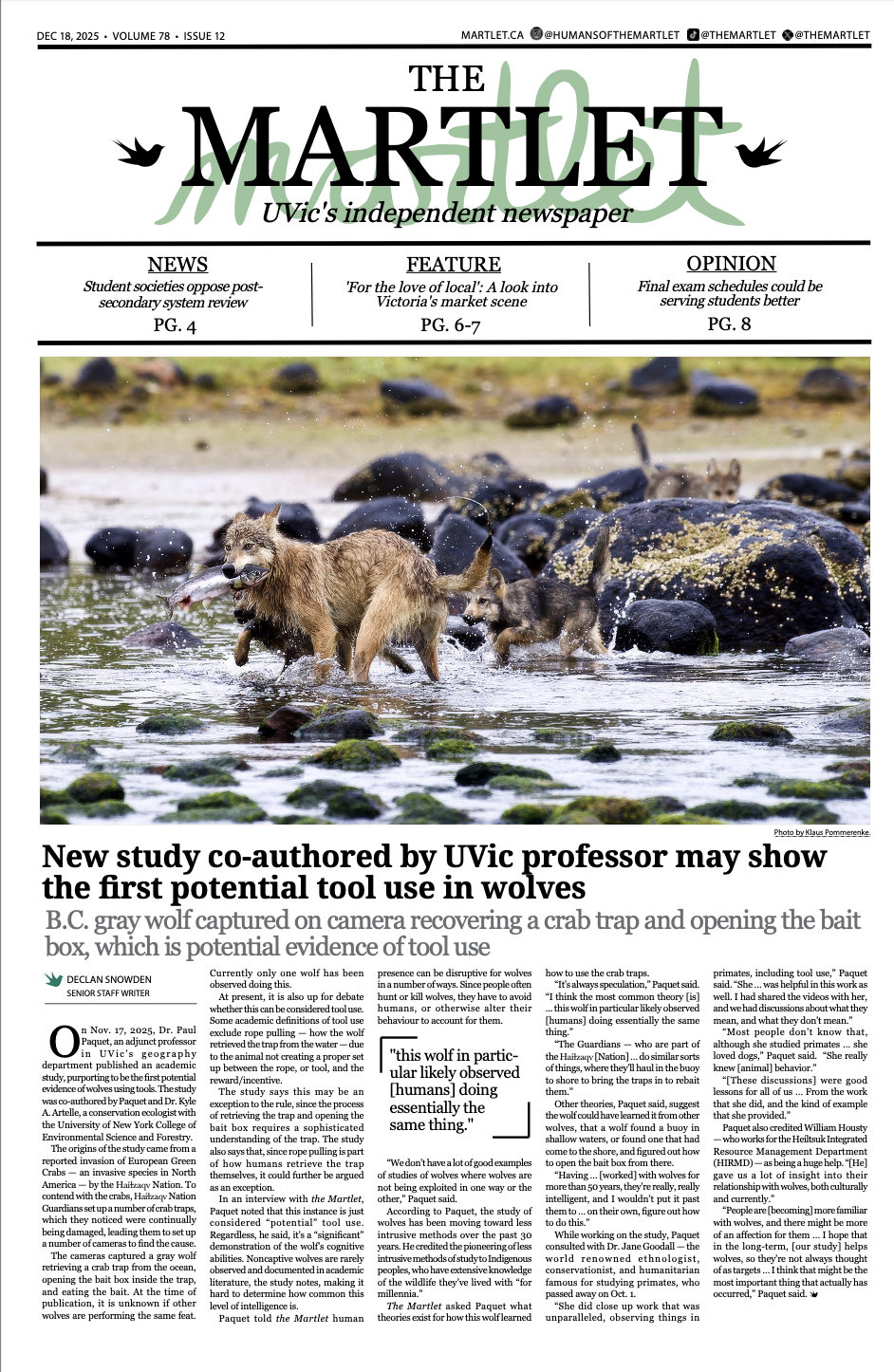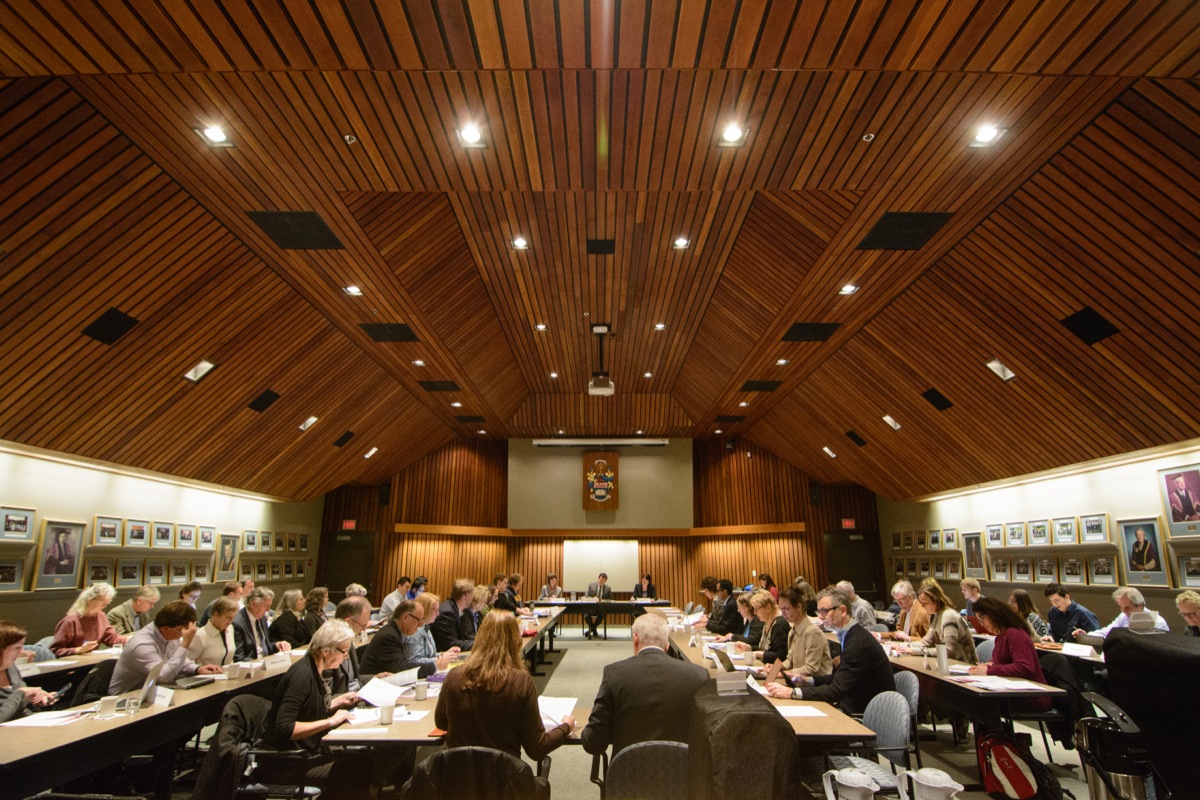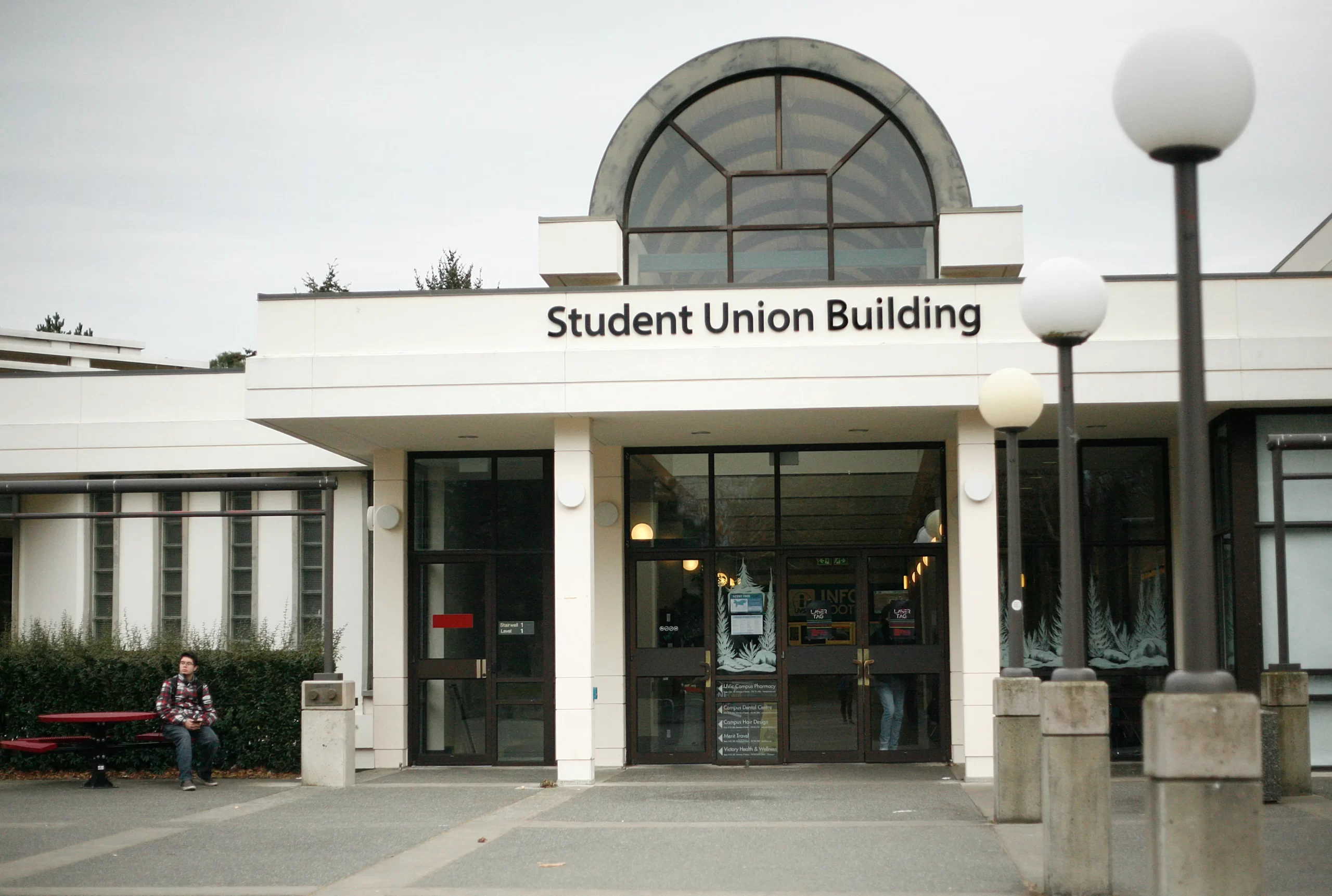The case for a porn literacy mandate in B.C.’s public education curriculum

Illustration by Link Bechtold.
Canada consistently ranks among the top consumers of videos on Pornhub, the most visited pornographic website in the world — owned by Canadian entertainment conglomerate Aylo. As of last May, Canada ranked seventh worldwide with over 320 million visits to the site.
It’s fair to say that Canada has an intimate relationship with porn. Its prevalence within our nation’s psyche has led to debate about whether porn literacy should be a part of our provincial Physical Health and Education (PHE) curriculums.
The Journal of Sexual Medicine defines porn literacy as “a framework from which young people can critically examine and make sense of the sexual images they see.”
Jennifer Gibson is a community education services coordinator at Island Health. Known as “The Sex Lady,” Gibson’s job includes coordinating sex education services for Victoria’s middle school classrooms.
“Literacy in general is about [providing] information to help us navigate the world,” Gibson told the Martlet. “So, when we think about porn literacy, it’s information that’s going to help our young people navigate, inevitably, the sexual messages they’re going to find online.”
A Canadian poll of 425 Grade 8 students showed that 88 per cent of boys and 72 per cent of girls had been exposed to sexually explicit material online. So, for many, the question is, why not implement porn literacy in our health curriculums in B.C.? And what exactly is porn literacy trying to address?
From early cave art to the invention of photography in the nineteenth century to the first erotic magazine, “you can trace [pornography] back to time-immemorial,” said Gibson.
However, the challenge today is when erotic content is connected to commercialization and objectification. Within this context, Gibson wants students to consider questions like: Who is profiting from this content? Is this portrayal realistic, or showing a performance? And, maybe most importantly, what is not being shown?
“[Pornophraphy is] not showing the most important parts of human sexuality, which is consent, which is care, which is communication, and comfort,” she said.
Because porn’s medium applies to only two senses — sight and sound — it overemphasizes the importance of physical performance in intimacy, while, according to Gibson, dismissing the human, relational aspects.
This can be problematic for young people with less sexual experience and context through which to judge what they’re viewing. Research shows that the more “real” someone perceives pornographic content to be, the more likely they are to enact the behaviours they see.
“One of the things I hear a lot from … masculine-identified young people, is that pornography for them sets up an idea of performance; an idea of what their body should look like, what their partner should look like, [and] what sex is going to look and sound like,” said Gibson.
So, is pornography bad?
“That’s a values call,” said Gibson. “And our job as sexuality educators isn’t to educate you on values, it’s to give you information; and then your job is to pair it with your values and beliefs,” explained Gibson.
She said that using porn to learn about sex is as misguided as watching Fast & Furious to learn how to drive.
Leah Tidey — a certified sexual health educator who also teaches in UVic’s Public Health and Social Policy program — is also a proponent of teaching porn literacy.
“Students have these questions and are clearly able to access porn very readily, but [they] aren’t having open conversations about what it is that they’re seeing.”
Like Gibson, Tidey likes to explain porn with analogies: “I liken [porn] to the Olympics — it’s exceptional bodies doing exceptional things. And for us normies out here, that’s not really what’s happening.”
The bottom line? Porn is performative, and skimps on the “feelings” part of intimacy.
But still, pornography literacy is currently not a mandated part of B.C.’s PHE curriculum, which focuses on “healthy sexual decision-making.”
A spokesperson from the Ministry of Education and Child Care (MECC) told the Martlet, “Our key K-12 education partners have not indicated any support for adding pornography as a mandatory topic, and it is not currently being planned for.”
The Ministry’s Supporting Student Health guide for secondary high school teachers does include a one-page section on pornography.
“The mention of it [in the secondary guide] is not helpful,” said Gibson. “The way they talk about it is like, ‘We mention it to [students] and tell them: ‘Don’t rely on the stuff online.’ But we don’t actually help them with the literacy or [to] understand what they’re seeing or not seeing.’”
In fact, because the province’s curriculum according to MECC is “flexible to allow for teachers to respond to local contexts and meet their individual students’ needs,” the mention of pornography within a classroom’s PHE will come down to individual instructors.
Historically, MECC has been undecided about where sexual education should fit within its curricula. Over the years, “sex-ed” has fallen under the umbrella of PHE, Career and Personal Planning, and Career and Life Education. In 2015 it returned to PHE.
“One of the challenges is [that] they haven’t necessarily supported the [PHE] educators as well as they should,” said Gibson.
For Tidey, who teaches Promoting Healthy Sexualities (HLTH 352) at UVic, the issue is cut and dried: “For me, porn literacy would definitely be a part of [the curriculum’s healthy sexual decision-making].”
However, the current research on porn literacy may not yet be thorough enough. According to a 2023 academic report called Problematic Pornography Use in Adolescents: From Prevention to Intervention, “there appear [to be] only three published quantitative studies on pornography education.”
“Is porn literacy going to solve something? I’d argue perhaps not,” said Aki Gormezano, a post-doctoral research fellow at UVic. Gormezano completed his PhD at Queens University in psychology, where he researched the differences in sexuality across porn, sexual fantasy, and in-person sexuality.
“More literacy, more critical thinking around porn is never a bad thing. It’s just a question of, ‘Are we in a state of crisis?’” said Gormezano, who added that the research has yet to develop a consensus for how porn literacy should be delivered, and what specific outcomes it should address.
Furthermore, Gormezano questions the notion that people — even those without porn literacy skills — wouldn’t naturally pick up on the performative qualities of pornography.
“Based on the data that I’ve collected, people do a pretty reasonable job of recognizing the norms in porn are not necessarily what’s normal or normative to do in-person,” said Gormezano.
For now, the consensus on porn literacy is scattered. While some care-providers and educators see the need for it increasing — especially as artificial intelligence and technology further intensify the virtual sex experience — others view porn literacy in the school curriculum as unnecessary or even promotion of the porn industry itself.
Young people have their own related concerns.
“There’s been a lot of focus on the porn addiction side,” said Gibson, who admits that young people often ask her if viewing porn will change their brains. “The research is still pretty new…. I wouldn’t want it to be weaponized like that, either, because then you have young people who [do] use it, and [they would] feel even more shamed.”
Gibson doesn’t foresee porn literacy being included as a mandatory part of PHE anytime soon. In fact, there is currently no mandatory sexual education training for teachers in B.C., let alone porn-literacy-specific training.
“This is also why I have a job, sadly,” said Tidey, whose hope is that one day all educators providing mandatory sexual health information in public education will be properly trained.
“It’s not necessarily that you have to know all of the information. [But] are you getting comfortable talking about these things? Because that’s far more important.”








